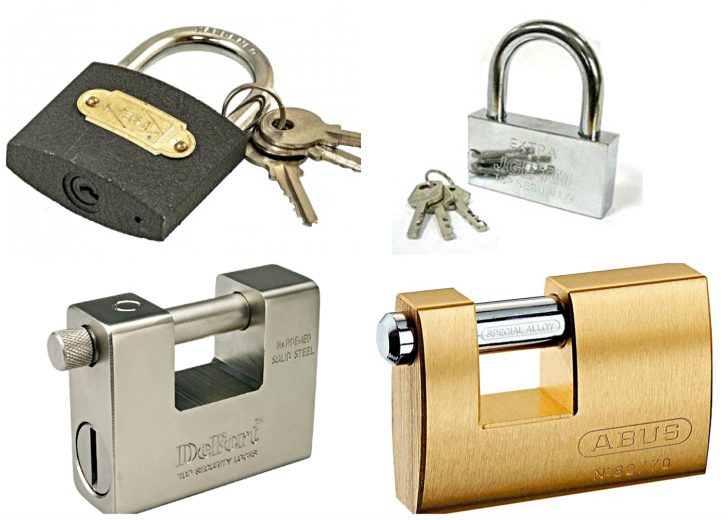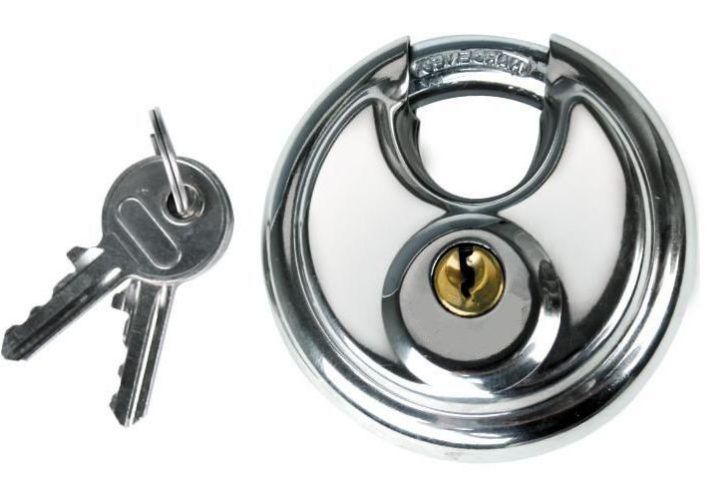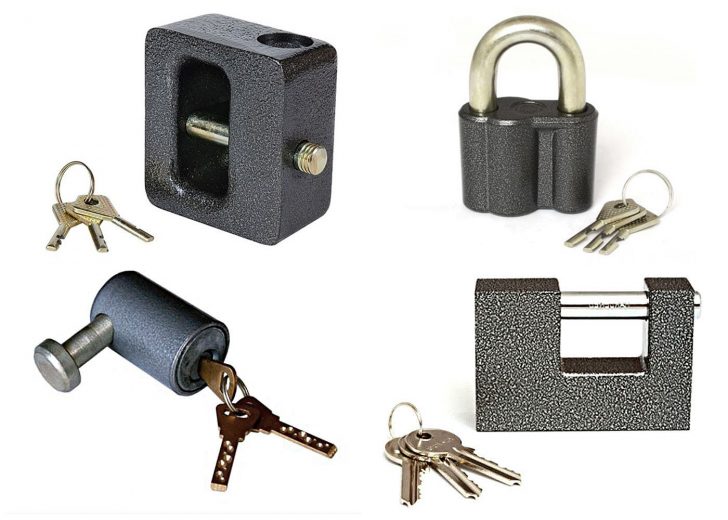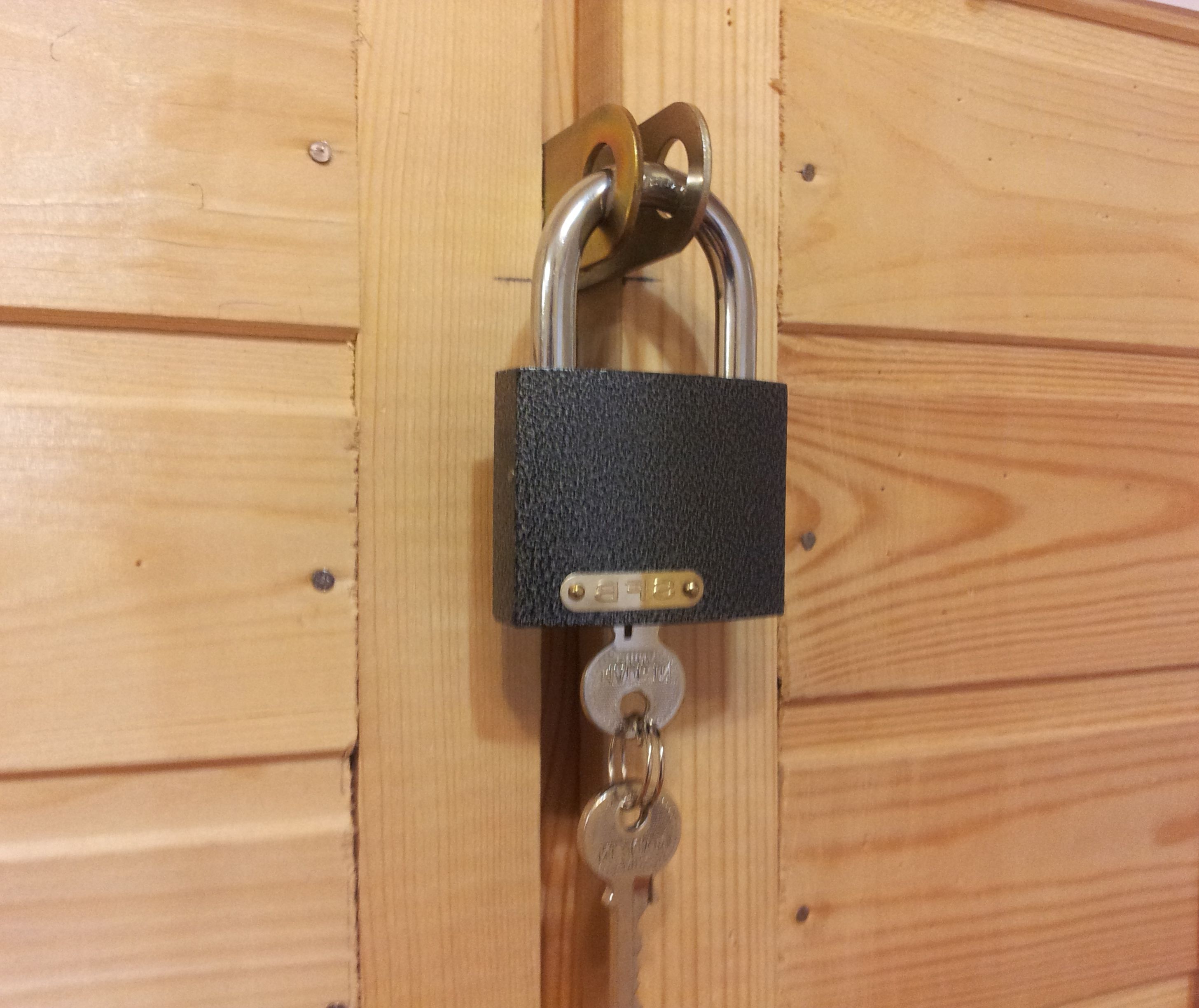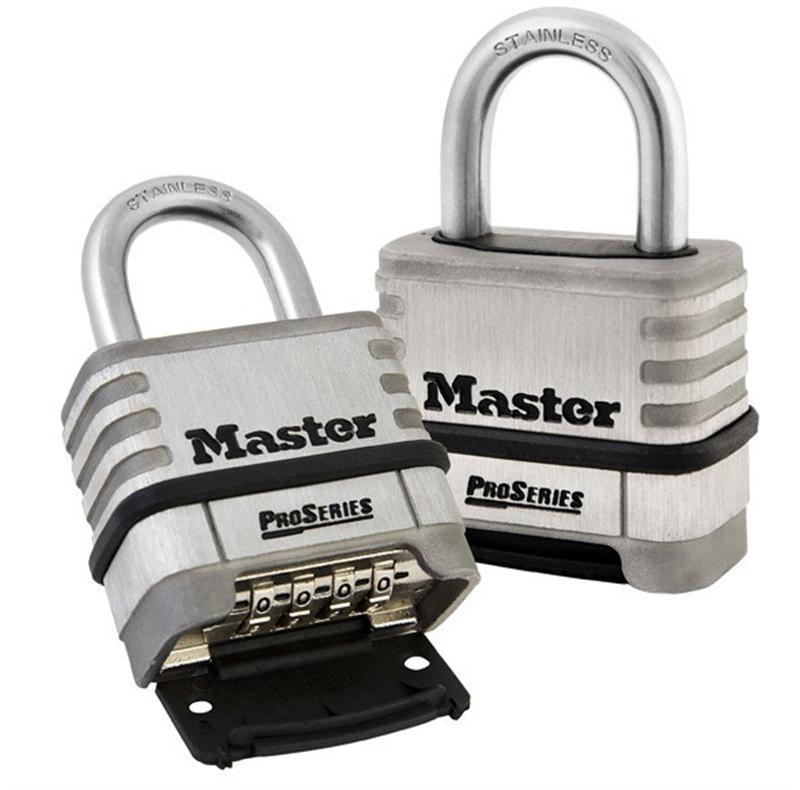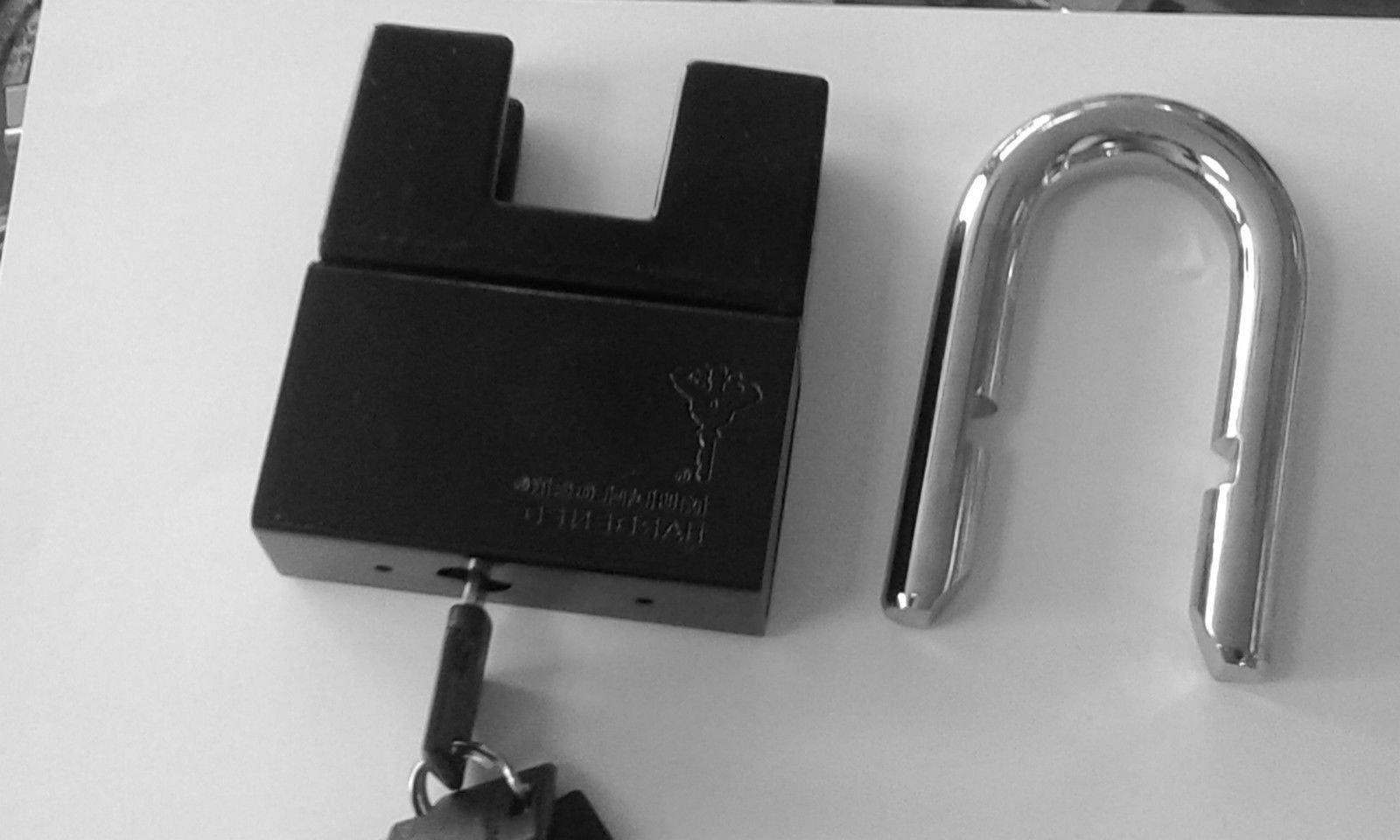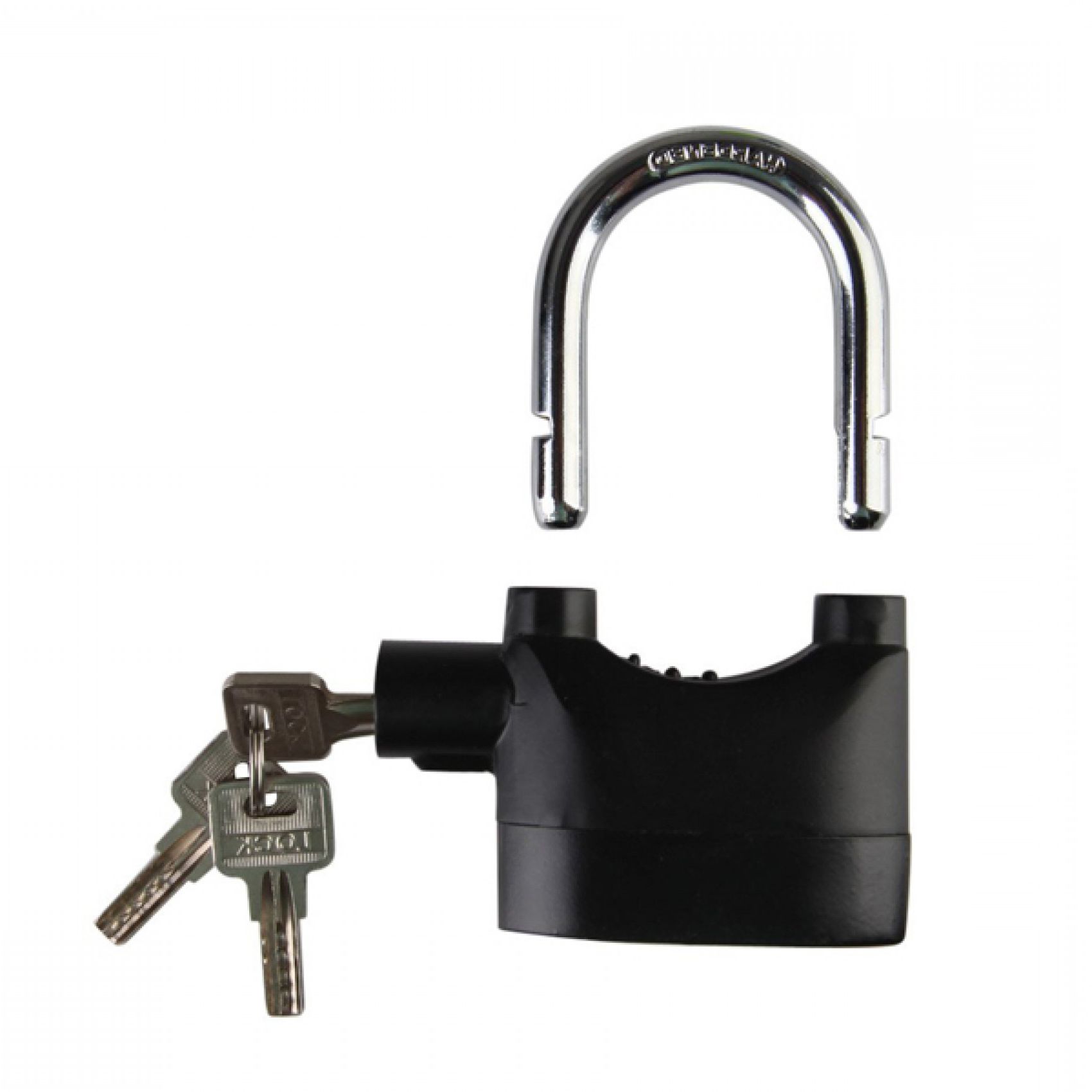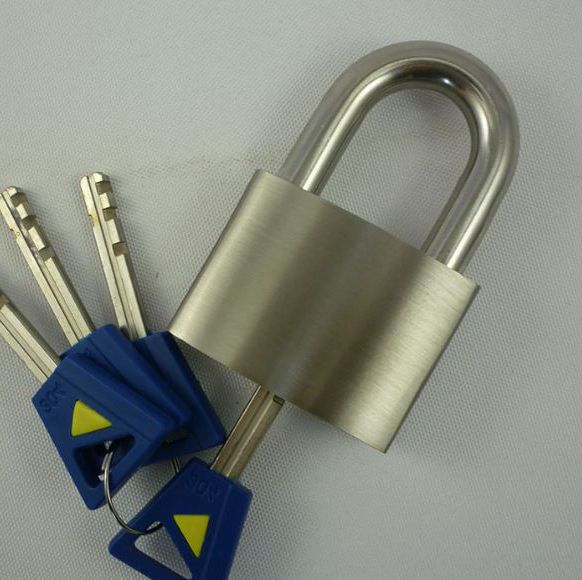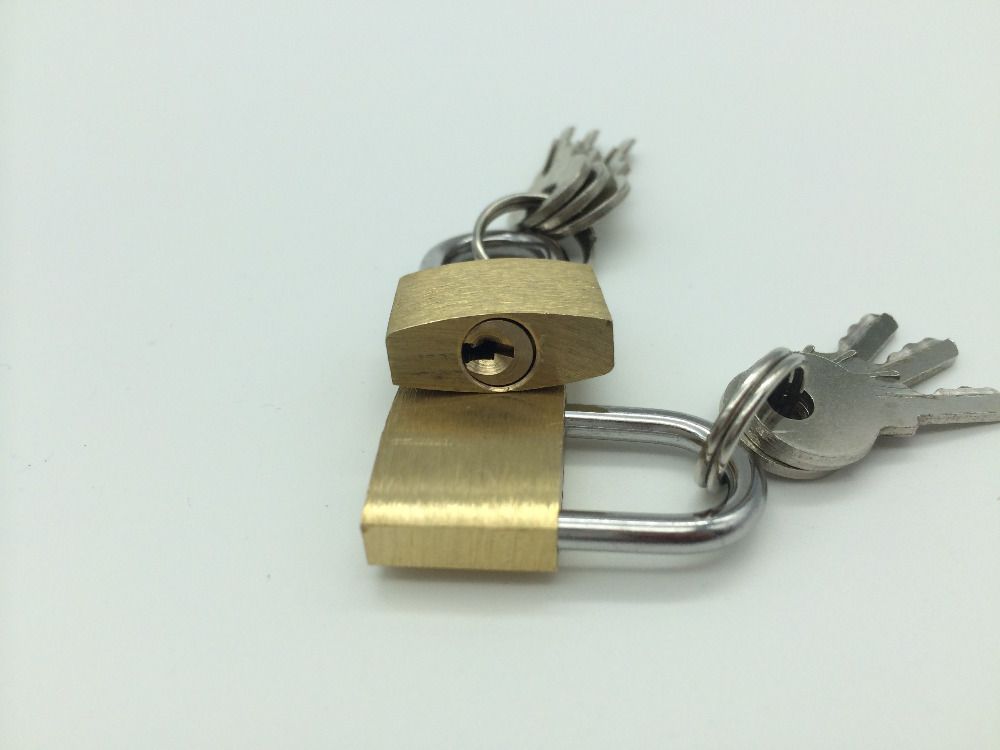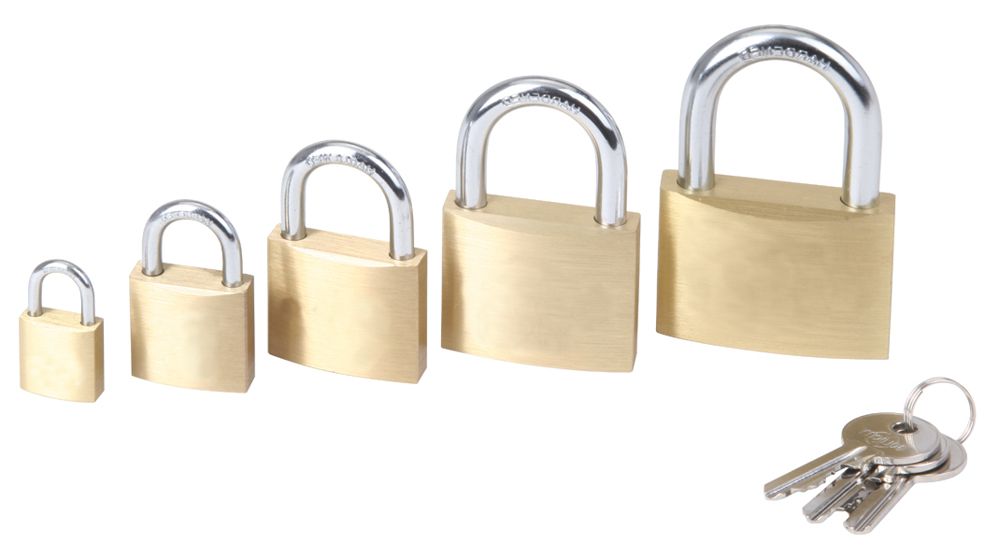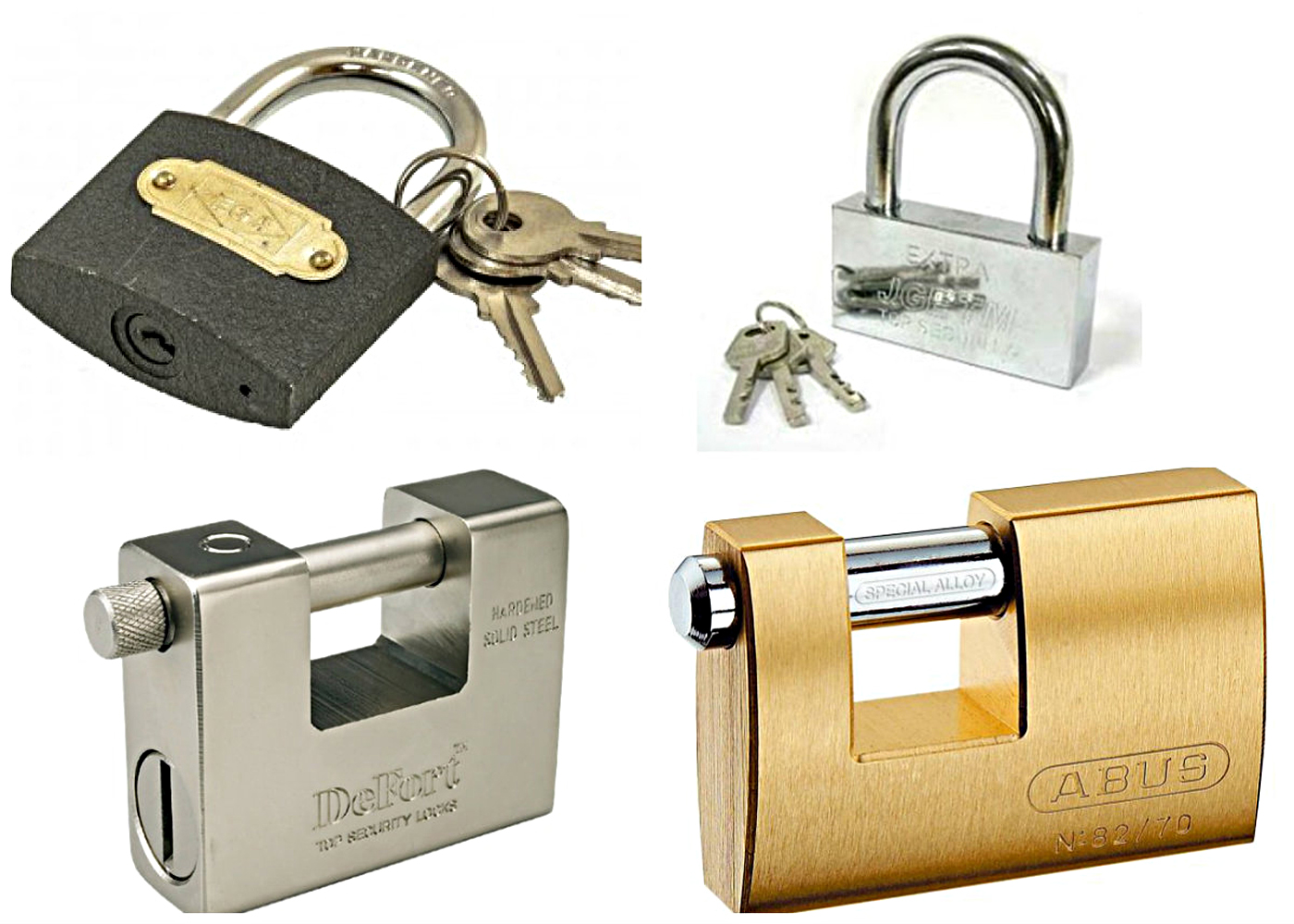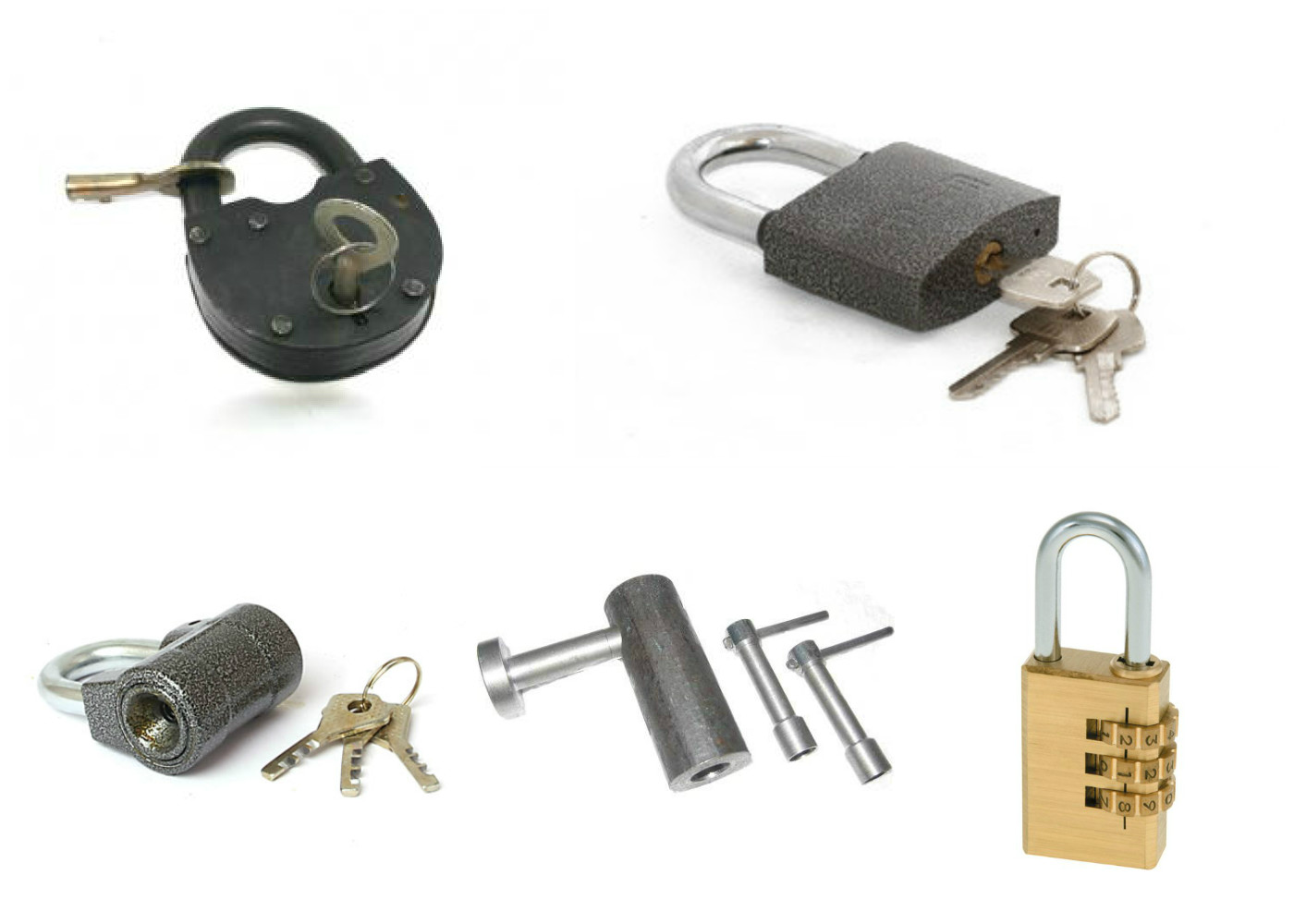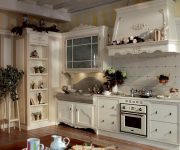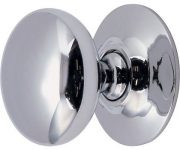How to choose a Padlock: Types And Features
When choosing a padlock, as well as any other locking mechanism, the main criterion is its reliability. To select the most reliable one and determine which model is the most suitable for a particular case one should consider in detail the types and structure of padlocks. Such locks are mainly used for household needs. There are many classification criteria, but the above are the most important and worth paying attention to.
Sizes of padlocks
First, we should distinguish several types of padlocks, depending on their size. Each of these is focused on usage in certain conditions. There are the following types:
- Small - designed to be used on suitcases, boxes, mailboxes, and other small things.

- Medium - these are standard general-purpose models used almost everywhere.
- Large - these bulky and rather heavy padlocks are mainly used to lock warehouse gates and other industrial and farm buildings.
Some locks can perform a purely decorative function. In this case, the size and looks are the main criteria when choosing.
Locking mechanisms
To understand what type of padlocks are the most reliable, one should consider their internal structure, namely, the principle of operation of the locking mechanism. This mechanism is responsible for the basic function of any lock - it locks bolts, maintaining doors and safes locked, cabinets secured.
There are several types of locking mechanisms for padlocks:
- Lever lock. This is the most perfect mechanism available for regular users. It is quite safe, because the levers can only be move with the right key. It can only be broken using brute force.
- Cylinder lock. The lock is operated by a pin mechanism. The key has notches that shift pins to a certain position and the cylinder is rotated so that the lock is released.
- Disc lock. The lock is locked by discs, and to unlock it it is necessary to remove them with a key with protrusions and notches.
- Screw lock. The lock is locked by tightening deadbolts on the thread. To move it a special key is needed that is inserted into the hole.
- Combination lock. This is the most expensive system. In order to unlock the door, you need to know a combination of digits. As soon as the combination is entered, bolts are withdrawn and the lock is unlocked.
Also it is necessary to distinguish between models with and without levers. In the first case, the spring is controlled by levers, which snap onto the shackle. For a bilateral mechanism a double-bitted key is needed. The without-lever locks use a bolt, which puts pressure on the spring. When the key presses the bolt, it pushes up the shackle. These are the basic principles of operation for some of the above models.
So, we have outlined the main types of locking mechanisms, but in order to better understand how to choose the right padlock, we should also consider materials of which they are made.
Materials
If you want your lock to serve you as long as possible, it is important to pay attention to the materials of which its parts are made. It's hard to say for sure what materials are the most reliable, since all materials have certain advantages and disadvantages.
- Aluminum. The lightest models of locks, that do not rust, but due to the fact that the metal is soft, are not strong enough.
- Steel. These are perhaps the most durable and reliable products, they perfectly resist breaking, so they are not cheap.
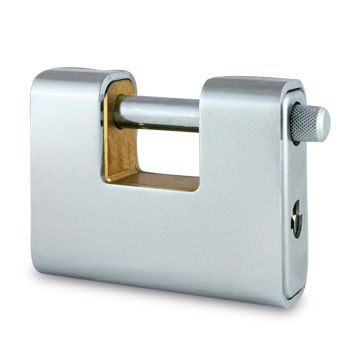
- Cast iron. These are affordable and sufficiently robust models, but when the temperature changes, cast iron can become brittle, and when used with certain situations can quickly corrode.
- Brass. They do not corrode and look very attractive, but despite their high cost, such models are not sufficiently strong.
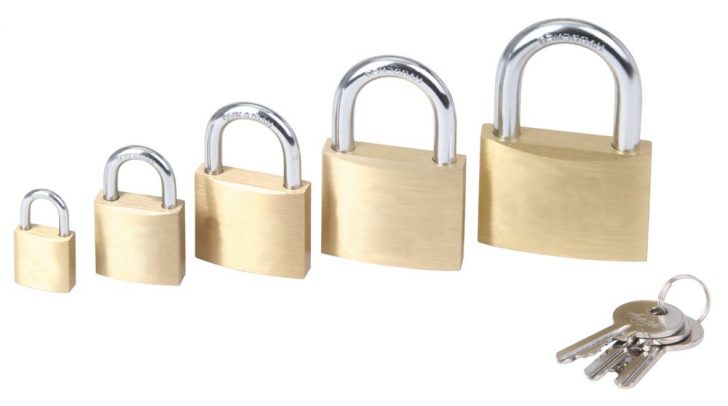
The design of padlocks
One of the factors that determine the reliability of a padlock is its design. This factor must be considered, taking into account the conditions of use of the article, because not all models are suitable for particular types of doors. Nothing should interfere with the operation of the mechanism, but the locking bolt must be located in the most disadvantageous position for breaking.
There are several types of locks according to their design:
- Open. This is a standard model, it is represented by the lock body, a hidden locking mechanism and a semicircular shackle, which can be removed completely or only from one side. It is very easy to break it with a crowbar or simply to cut the shackle.
- Advanced open model. The shackle just insignificantly protrudes over the body and is almost completely hidden in it, which gives extra protection from saw cut.
- Rectangular. Instead of the shackle, a straight rod is used; it is partially hidden in the body and the eyelets, which makes it very reliable.
- Enclosed (puck lock). The most reliable form of padlocks. The locking part is completely hidden in the body. In a certain position it even hides the eyelets, which makes it particularly resistant to breaking.
If you need extremely reliable padlock, highest quality, the best option is to have it made to order. This allows you to better take into account all the requirements of the door and adjust each item according to the required size.
Choosing what kind of padlock is best for each situation one should pay attention to all the above mentioned criteria. By correlating the sizes the level of secrecy, the type of structure, material firmness and the price of various models, you can find the best option. It is not always expensive models that are of good quality, so one need to approach the issue with knowledge of the matter, so as to avoid trouble in the end.



